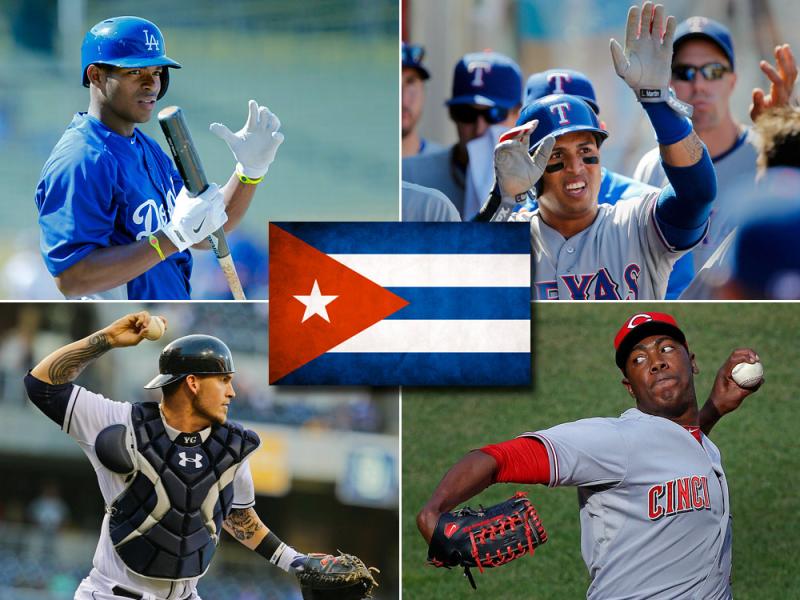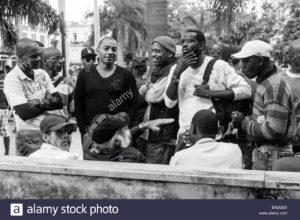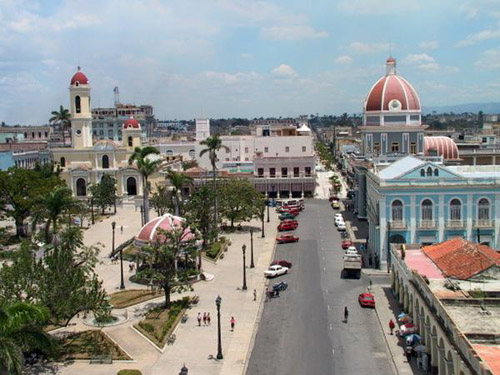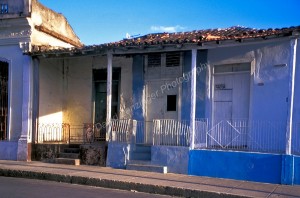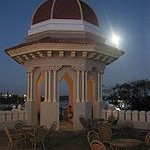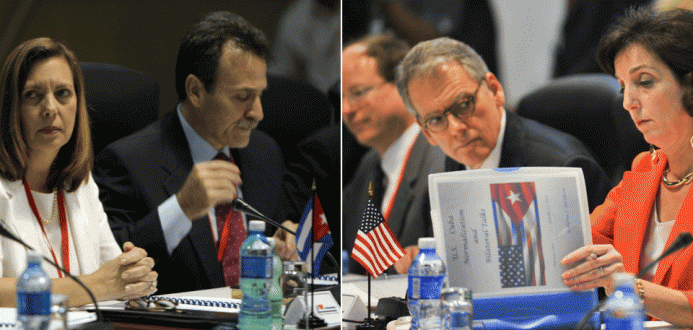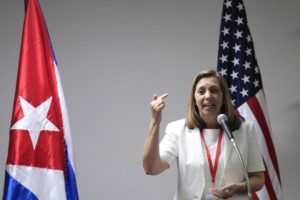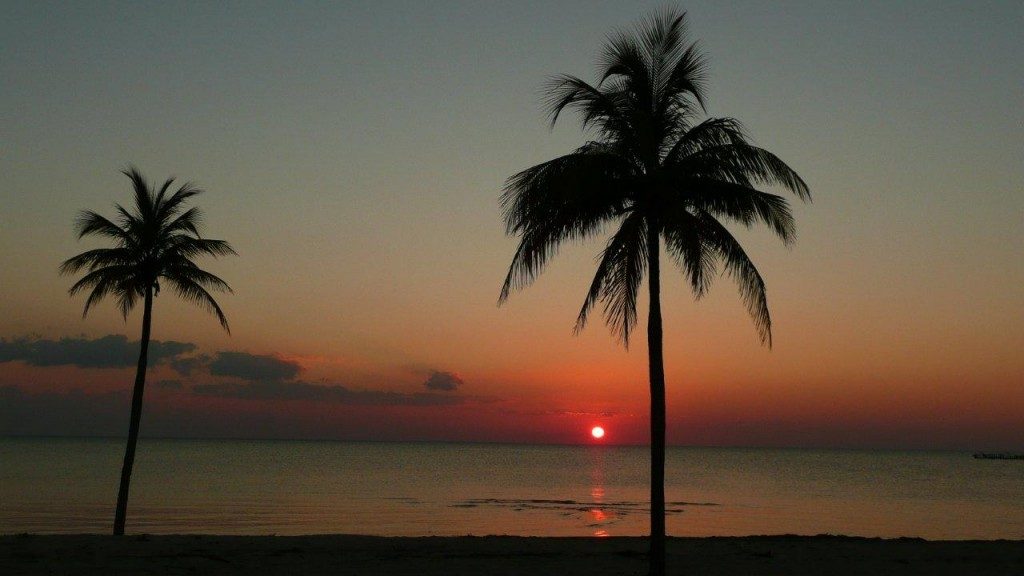BASEBALL, THE OTHER PASSION OF THE CUBAN PEOPLE.
From the early date of 1839 when the first steps were taken in the popularity of the American baseball very liked game spread over all the United States, creating teams in most of the States of that nation. At that time, Henry Chadwick devised the box score, Foundation of the current books of annotations. Soon and since then the exciting sport of the balls and the strikes beyond the borders of North America and puts the first traces in our homeland.
Cuba was always the second homeland of baseball, as Mariners Yankees who visited the port of the province of Matanzas and the young students become principal disseminators of the new hobby that comes with overwhelming passion. It all began in 1865, when a group of these young Americans taught the art of play ball.
Already at that time began to play in el Vedado habanero both killings. Years later, when the Cuban people was shaken by the shooting of the students of medicine in 1871, many wealthy or middle-class families sent their children to study in schools and universities in the United States, when they returned to Cuba, introduced the technique of baseball and helped spread the sport.
They created a team in kills and started playing on barren land. Soon the historical Stadium of el Palmar de Junco, recognized as the first of its kind in the Greater Antilles archipelago was built in Pueblo Nuevo, Matanzas, and where were written pages of glory in the Cuban ball.
1. in October 1868, the Captain-General Francisco Lersundi dictates a decree abolishing the practice of baseball in the national territory, as “a game trend and anti-Spanish insurrection, contrary to the language and which encourages the hate with Spain…” The Captain-General, was not entirely misguided because many of those young men soon joined the Liberator army.
However, officially the birth of baseball in Cuba points to December 27, 1874, date historical where teams of Havana and Matanzas in the legendary Palmar de Junco, face because it was the first reported official game.
As for the Foundation of the first Cuban baseball championship, it was on December 29, 1878 with a challenge between Habana and Almendares, who later devendrían eternal rivals of our professional ball. The party was made on the grounds of the Havana, at the street line, Vedado, where today is the maternal Hospital America Arias known as the hospital of line, and something where hidden lies the bust of Patriot Emilio Sabori, team manager Habana, who died on July 5, 1897, exiled in Ceuta, by the Spanish Government, Juan Gualberto Gómez stood next to him.
The first match in el Palmar de Junco, was held on Sunday, 27 December 1874, between Matizas teams and Havana. He mashed the killings with annotation of 51-9, supported by the release of Ricardo Mora and the batting of the Esteban Bellán receiver, player of the New York Club in the major leagues. Bellan, not only was the pioneer of all the Cuban and Latin American to play in the major leagues in 1871, but it also developed that evening in the first Cuban and Latin American to connect 3 home runs in a game.
The first international meeting of Cuban Baseball, was made three years later, in 1877; When arrived at the port of Matanzas, a boat of the United States. The crew had a baseball team, as a logical consequence for the visit of the marines, was it concluded a meeting in el Palmar of the Junco, between the massacres against visitors of the Jeanne, held in this way, the first international meeting on the history of Cuban and Latin American baseball. He was tied. Meeting was not official, but if historical, logically.
The ball fever gripped all Cubans and a year later in 1878, was created the Professional League of the Cuban Baseball. Thus, the passion of the Cubans was formalized.
It was in this era, where the Spaniards wanted to impose the Cuban soccer, claiming that it was the “sport of Kings”. But Cubans ripostaban saying that the “baseball was King of sports”.
Sure that all children aged 60 in Cuba will remember or have read of the triumphant series of the traditional teams of professional Cuban Baseball, “Habana”, the “Almendares”, “Cienfuegos” and “Marianao” who gave glory to the Cuban national sport.
Today despite the defecciones of the best players of Cuba coming to play to the United States the sports is of great importance in the feel of the population in general and when some players that are allowed to enter Cuba, after the thaw of them relations between U.S. and Cuba, it is produce real mass meetings around the newly arrive players to ask questions and talk to them keeping that passion latent in the feel of a country avid of love for that sport that, quite rightly, we can call “The other passion of the Cuban people”.
Agencies/Rad.Enciclopedia/Juan Blas Rodríguez / Arnoldo Varona / Internet Photos / TheCubanHistory.com
THE CUBAN HISTORY, FROM HOLLYWOOD.
FOLLOW US ON TWITTER AND FACEBOOK. THECUBANHISTORY.COM
EL BÉISBOL, LA OTRA PASIÓN DEL PUEBLO CUBANO.
Desde la temprana fecha de 1839 en que se dieron los primeros pasos en la popularidad del baseball norteamericano el muy gustado juego se extendió por todos los Estados Unidos, creándose equipos en la mayoría de los estados de esa nación. Por esa época, Henry Chadwick ideó el box score, fundamento de los actuales libros de anotaciones. Pronto y desde entonces el apasionante deporte de las bolas y los strikes rebasa las fronteras de Norteamérica y pone las primeras huellas en nuestra patria.
Se dice que Cuba, fue siempre la segunda patria del Béisbol, pues los marinos yanquis que visitaban el puerto de la provincia de Matanzas y los jóvenes estudiantes se convierten en principales difusores del nuevo pasatiempo que surge con pasión arrolladora. Todo comenzó en 1865, cuando un grupo de estos jóvenes norteamericanos enseñó el arte de jugar pelota.
Ya en aquella época se comenzó a jugar tanto en Matanzas como en el Vedado habanero. Años después, cuando el pueblo cubano se encontraba estremecido por el fusilamiento de los estudiantes de medicina en 1871, muchas familias ricas o de clase media, enviaron a sus hijos a estudiar a escuelas y universidades de los Estados Unidos, cuando regresaron a Cuba, introdujeron la técnica del beisbol y ayudaron a propagar el deporte.
Ellos crearon un equipo en Matanzas y comenzaron a jugar en terrenos yermos. Pronto se construyó en Pueblo Nuevo, Matanzas, el histórico estadio del Palmar del Junco, reconocido como el primero de su clase en el mayor archipiélago de las Antillas y donde se escribieron páginas de gloria en la pelota cubana.
El 1ro. de octubre de 1868, el Capitán General, Francisco de Lersundi dicta un decreto que suprime la práctica del béisbol en territorio nacional, por considerarlo “un juego antiespañol y de tendencia insurreccionales, contrario al idioma y que propicia el desamor a España…” No estaba del todo desacertado el Capitán General, pues muchos de esos jóvenes pronto se incorporaron el ejército Libertador.
Sin embargo, oficialmente el nacimiento del béisbol en Cuba se apunta al 27 de diciembre de 1874, fecha histórica donde se enfrentan los equipos de Habana y Matanzas en el legendario Palmar de Junco, porque fue el primer juego oficial divulgado.
En cuanto a la fundación del primer campeonato cubano de béisbol, fue el 29 de diciembre de 1878 con un desafío entre Habana y Almendares, los que más tarde devendrían eternos rivales de nuestra pelota profesional. El partido se efectuó en el terreno del Habana, en la calle Línea, Vedado, donde hoy está el Hospital materno América Arias conocido como el hospital de Línea, y donde algo oculto se halla el busto del patriota Emilio Sabori, manager del equipo Habana, quien muriera el 5 de julio de 1897 desterrado en Ceuta, por el gobierno español, junto a él se encontraba Juan Gualberto Gómez.
El primer partido en el Palmar del Junco, se celebró el domingo 27 de diciembre de 1874, entre los equipos de Matizas y el de La Habana. El que trituró al de Matanzas con anotación de 51-9, apoyados en el lanzamiento de Ricardo Mora y el bateo del receptor Esteban Bellán, jugador del Club de Nueva York en las Grandes Ligas. Bellán, no solamente fue el pionero de todos los cubanos y latinoamericanos en jugar en las Ligas Mayores en 1871, sino que además se convirtió esa tarde en el primer cubano y latinoamericano en conectar 3 jonrones en un encuentro.
El primer encuentro internacional de béisbol cubano, se efectuó tres años después, en 1877; cuando llegó al puerto de Matanzas, un barco-escuela de los Estados Unidos. Los tripulantes tenían un equipo de béisbol, como consecuencia lógica por la visita de los marines, se concertó un encuentro en el Palmar del Junco, entre el Matanzas contra visitantes del buque-escuela, celebrándose de ese modo, el primer encuentro internacional en la historia del béisbol cubano y latinoamericano. El que quedó empatado. Encuentro que no fue oficial, pero si histórico, lógicamente.
La fiebre de la pelota se apoderó de todos los cubanos y un año después en 1878, se creó la Liga Profesional del Béisbol Cubano. Así, quedó oficializada la pasión de los cubanos.
Fue en esta era, donde los españoles quisieron imponerles a los cubanos el fútbol, alegando que se trataba del “deporte de los reyes”. Pero los cubanos ripostaban diciendo que el “béisbol era el rey de los deportes”.
Seguro que todos los mayorcitos de 60 años en Cuba recordarán o habrán leído de las triunfantes series de los tradicionales equipos del béisbol cubano profesional, el “Habana”, el “Almendares”, el “Cienfuegos” y el “Marianao” que dieron gloria al deporte nacional cubano.
Hoy a pesar de las defecciones de los mejores jugadores de Cuba para venir a jugar a los Estados Unidos el deportes es de suma importancia en el sentir de la población en general y cuando algunos jugadores que son permitidos entrar en Cuba, después del deshielo de las relaciones entre EEUU y Cuba, se producen verdaderas multitudinarias reuniones alrededor de los recién llegados para hacerles preguntar y mantener esa pasión latente en el sentir de un pueblo ávido de amor por ese deporte que con mucha razón podemos llamar “La Otra Pasión del Pueblo Cubano”.
Agencies/Rad.Enciclopedia/Blas Rodriguez/Arnoldo Varona/Internet Photos/TheCubanHistory.com
THE CUBAN HISTORY, DESDE HOLLYWOOD.



